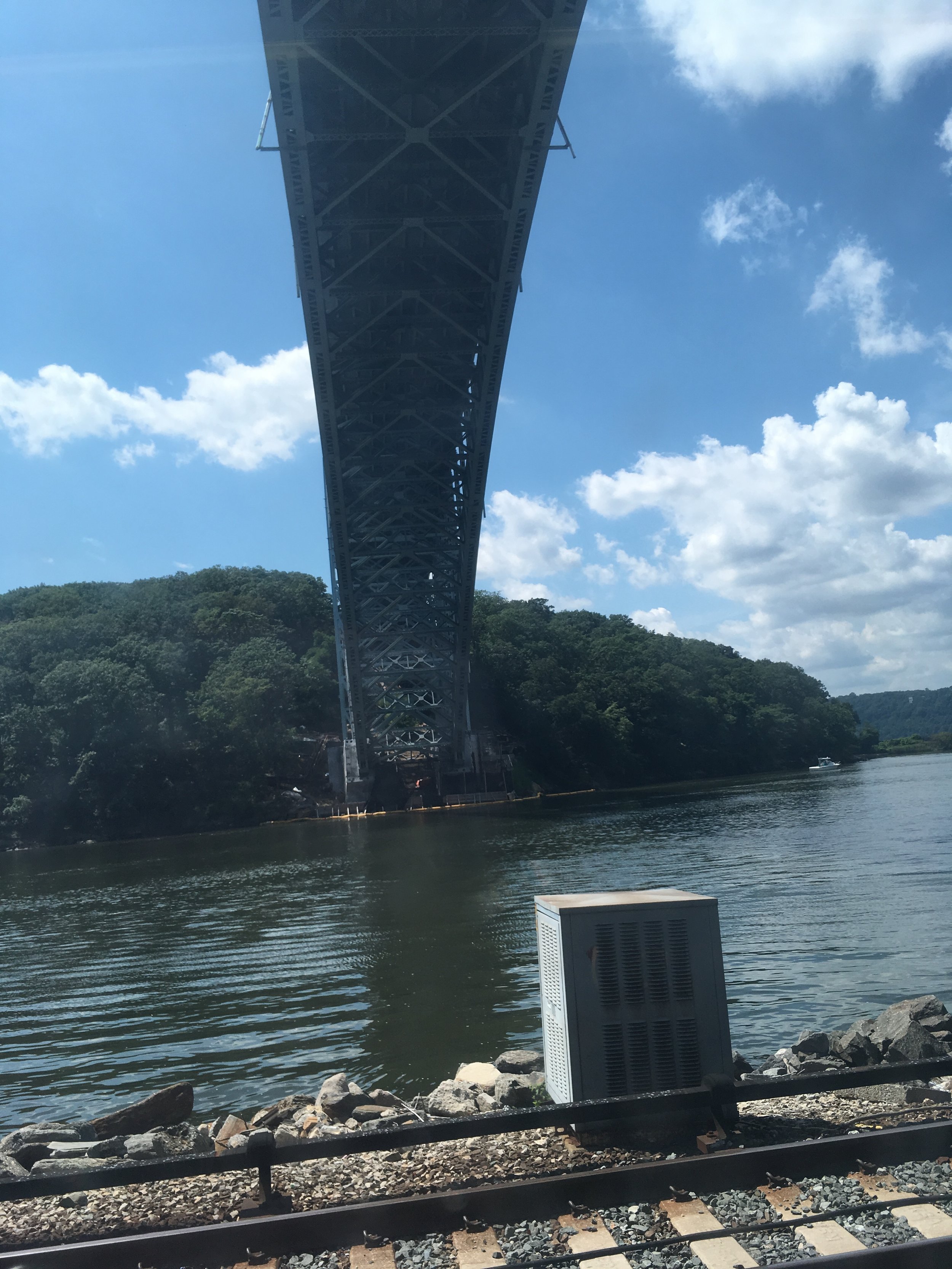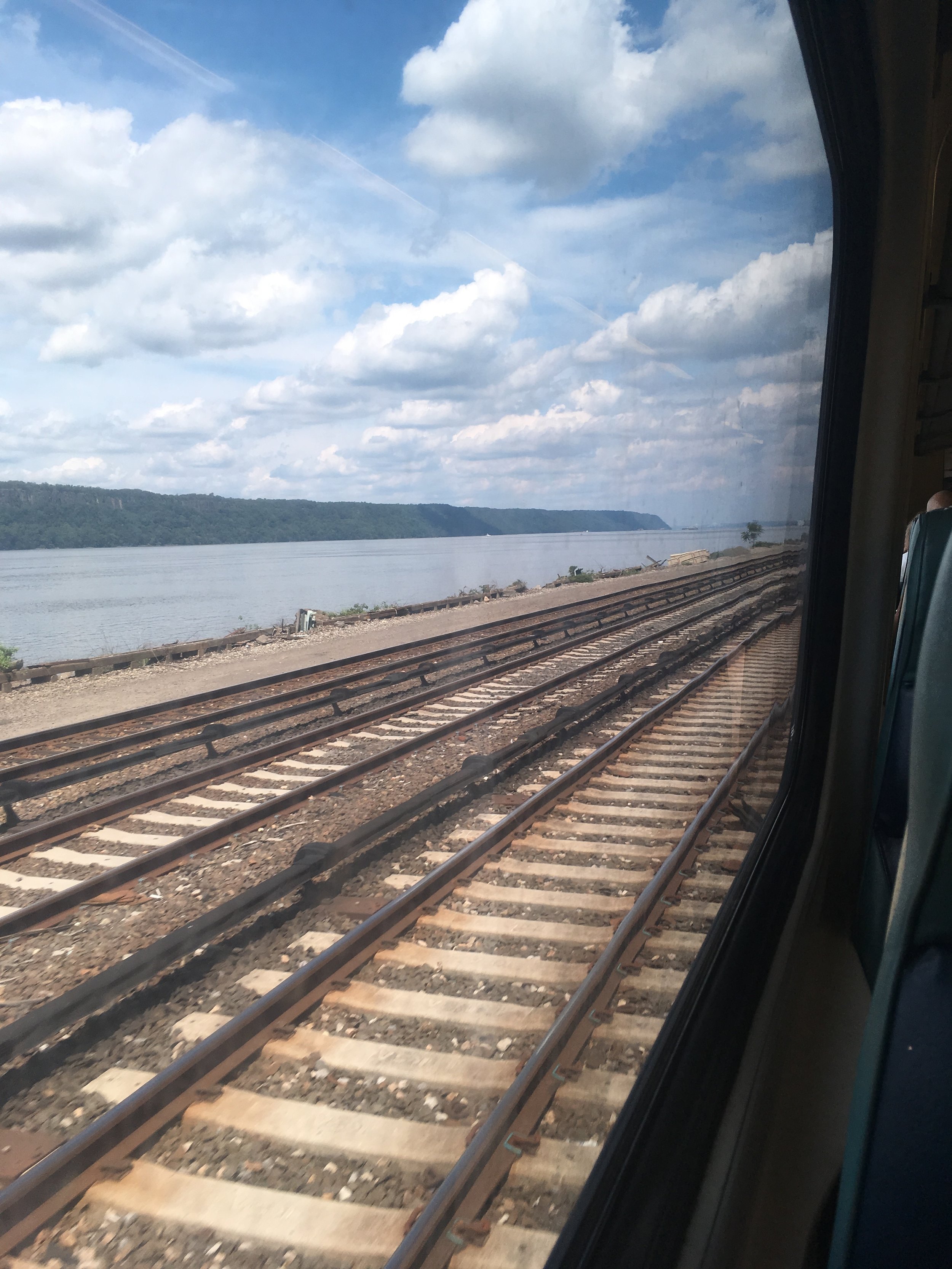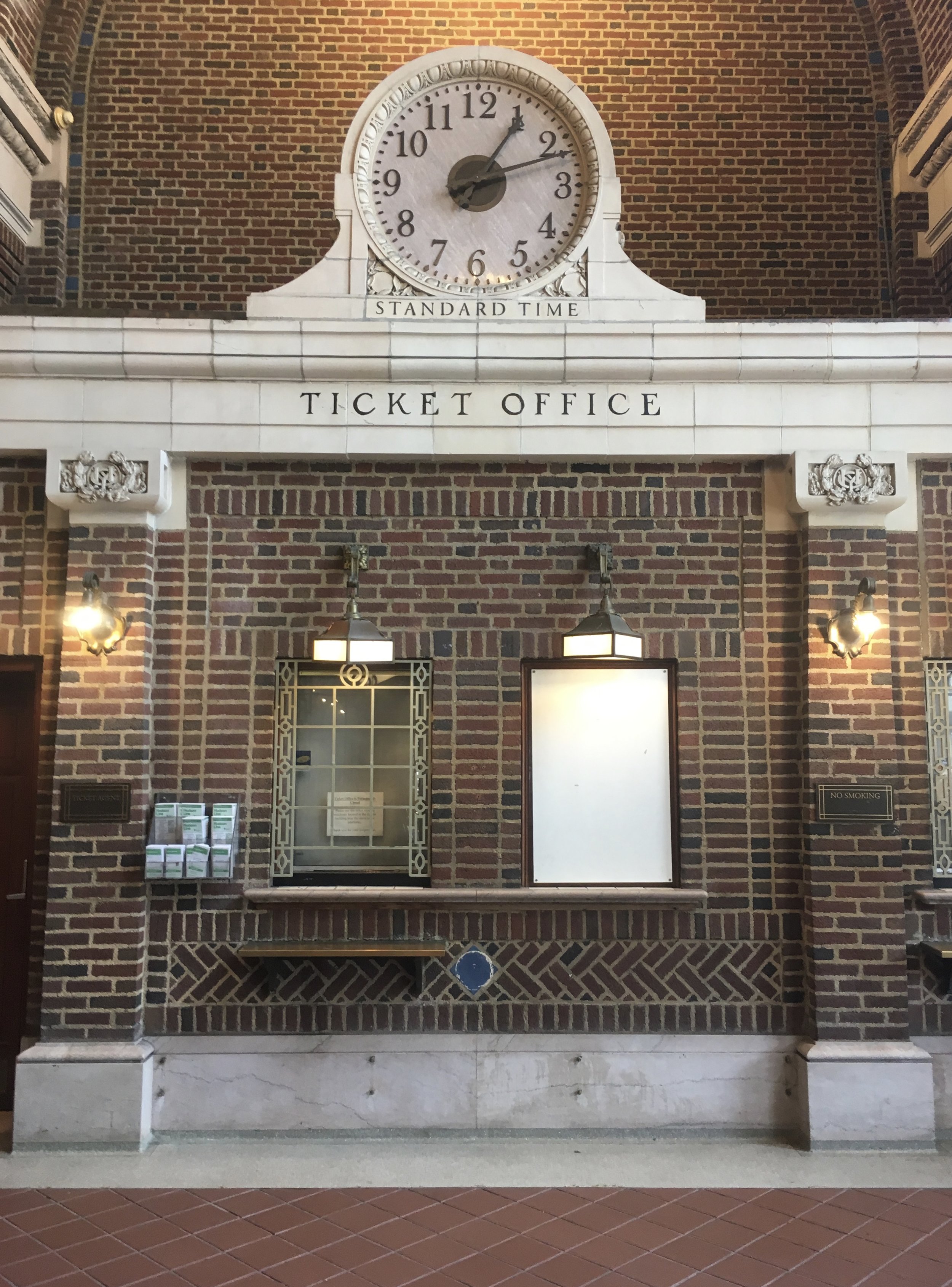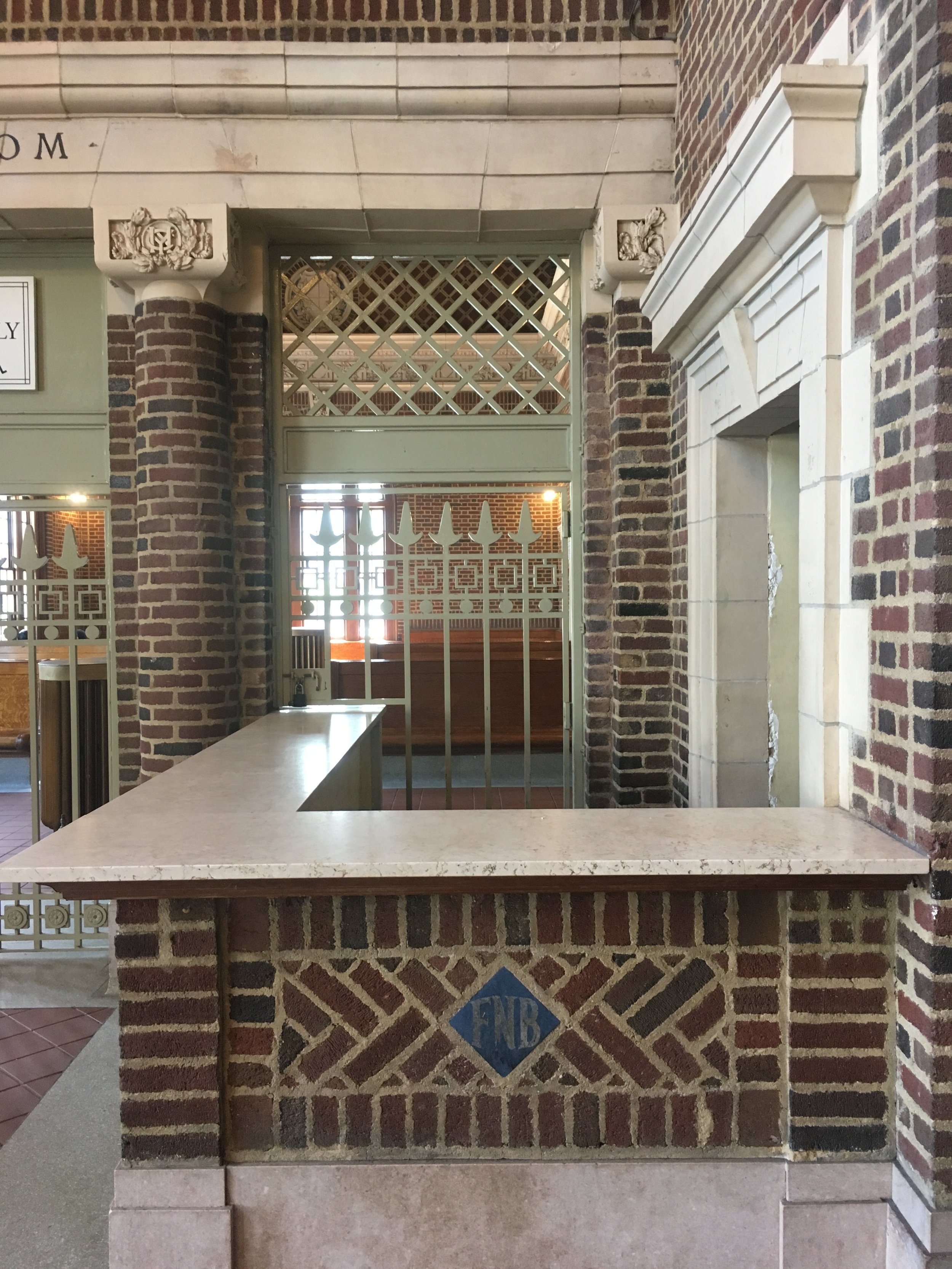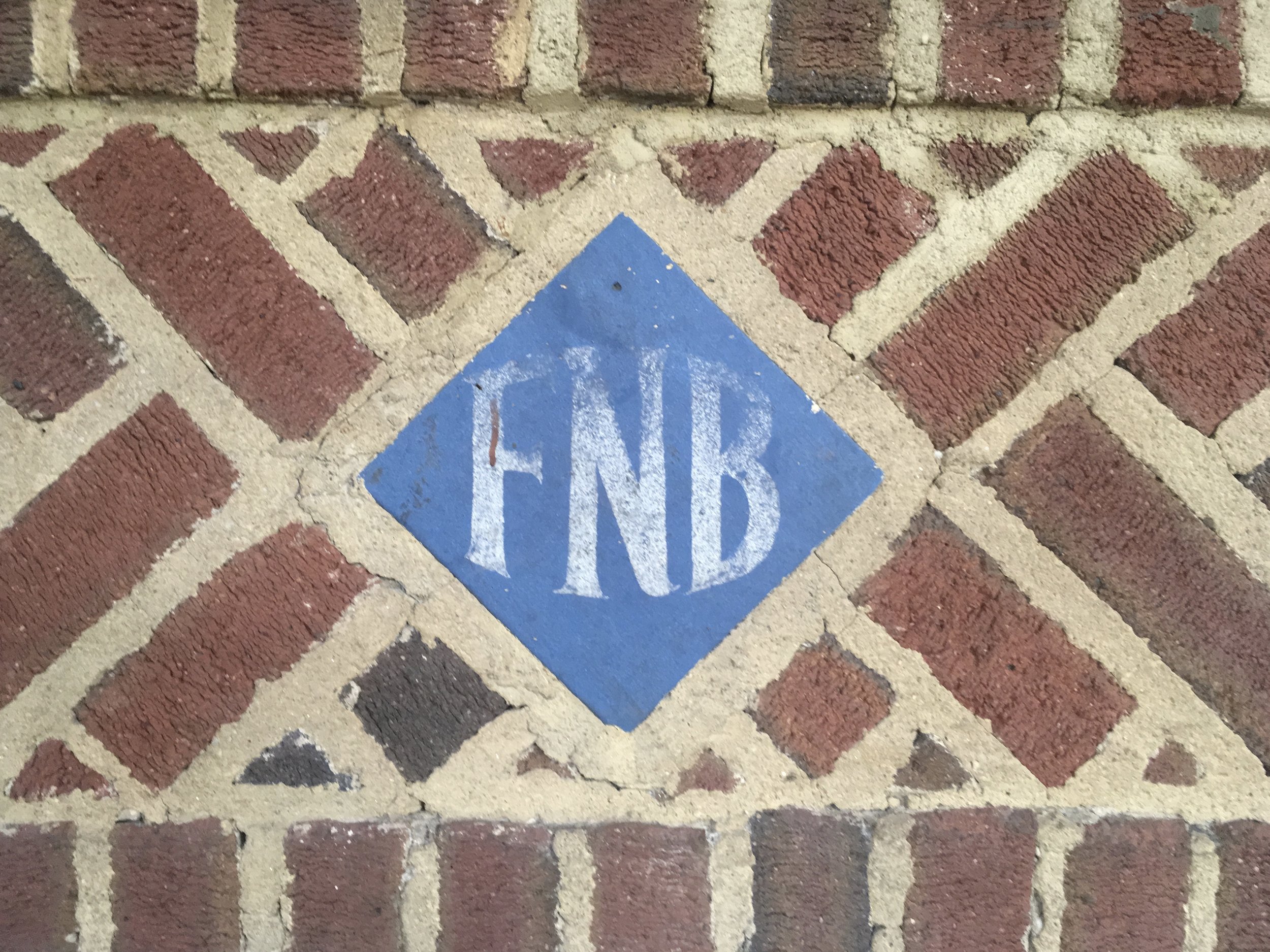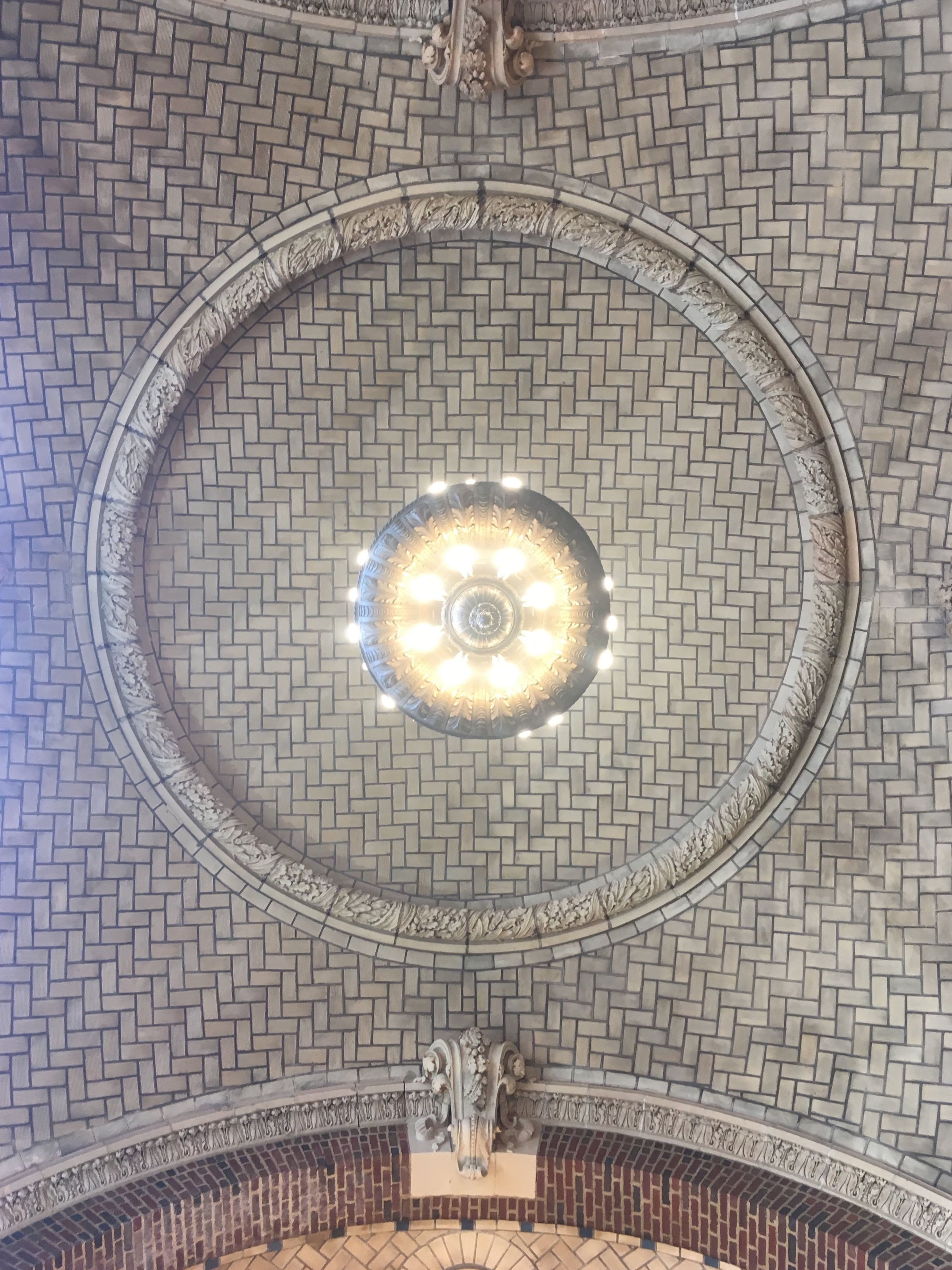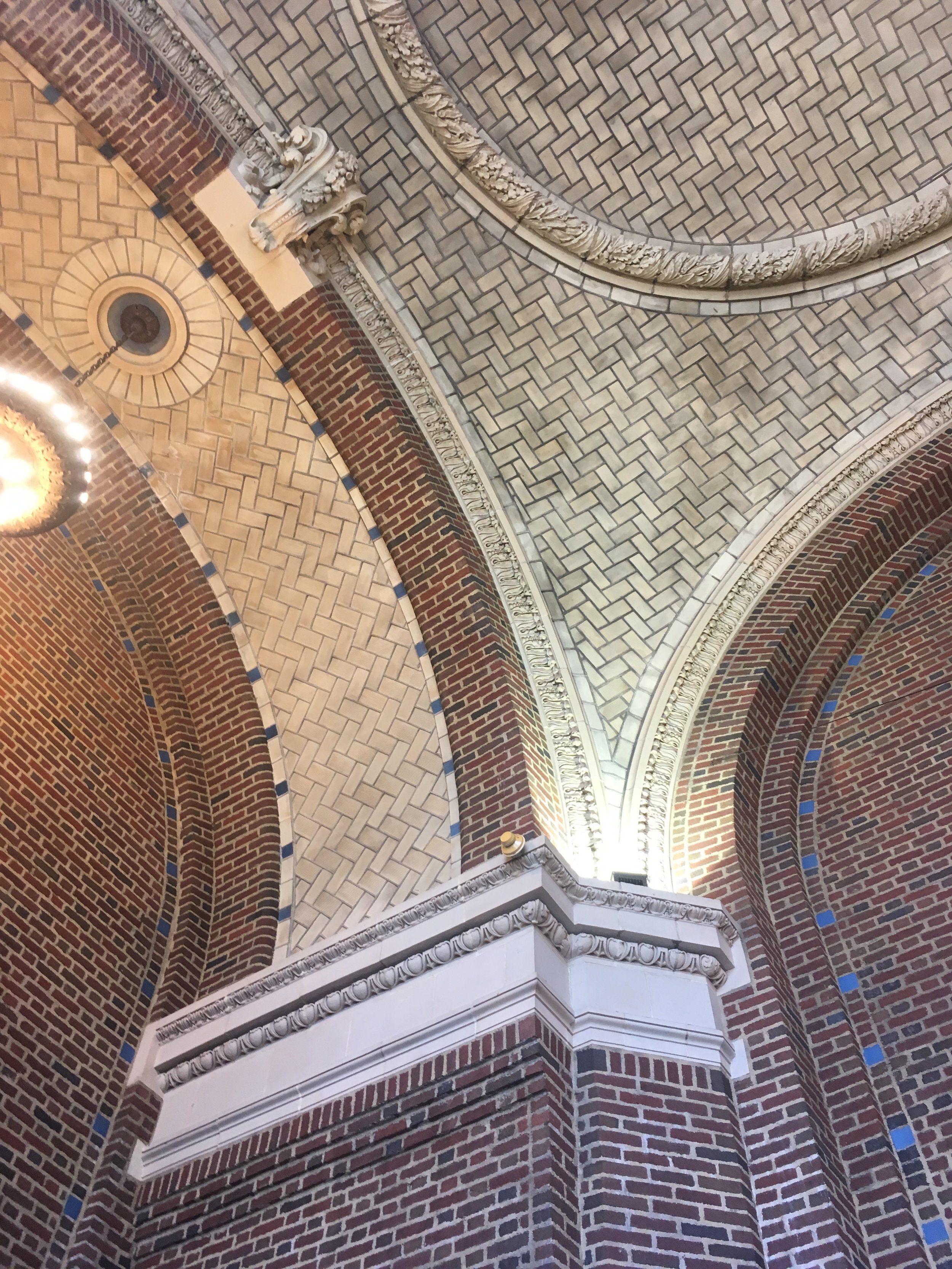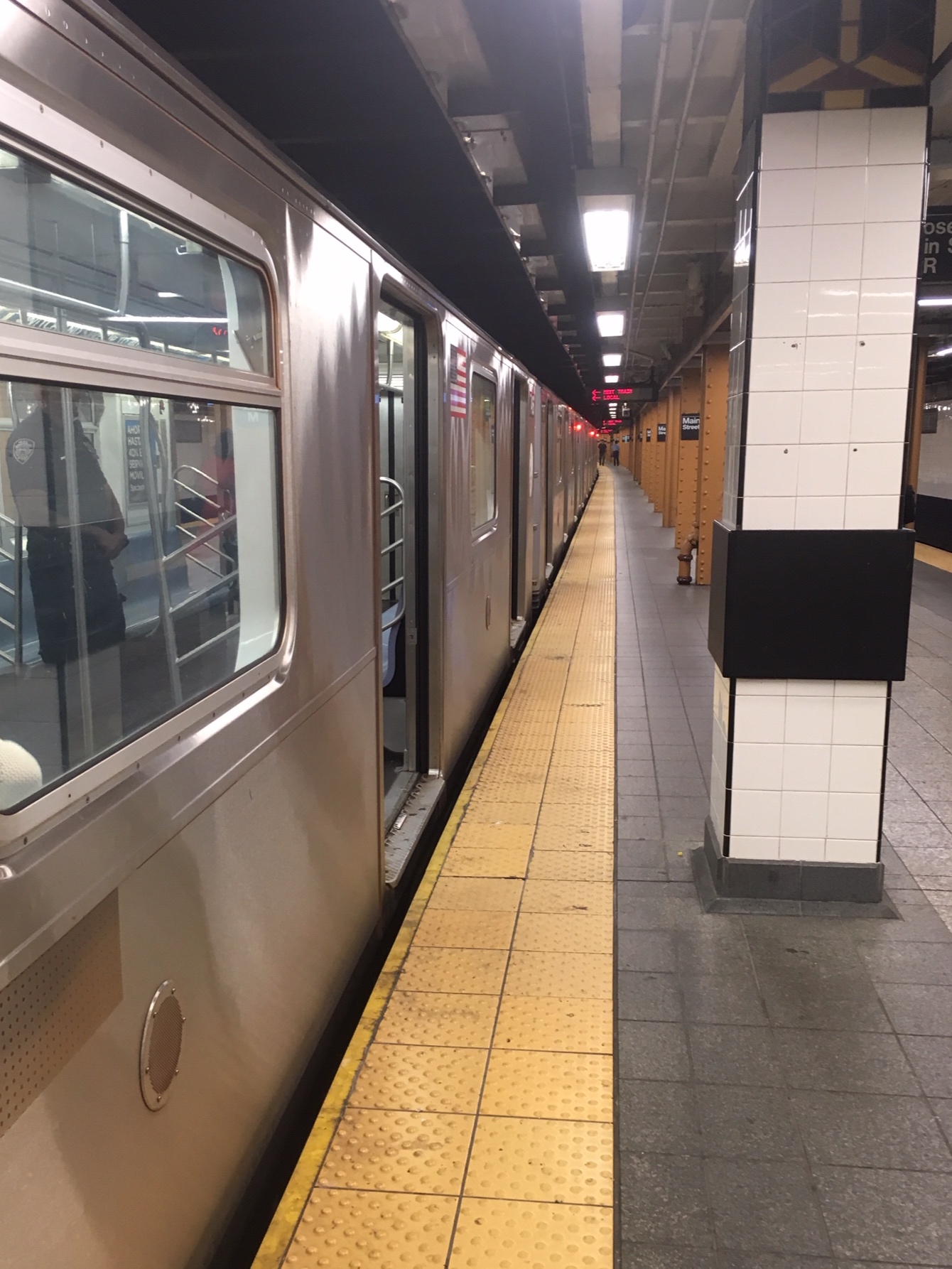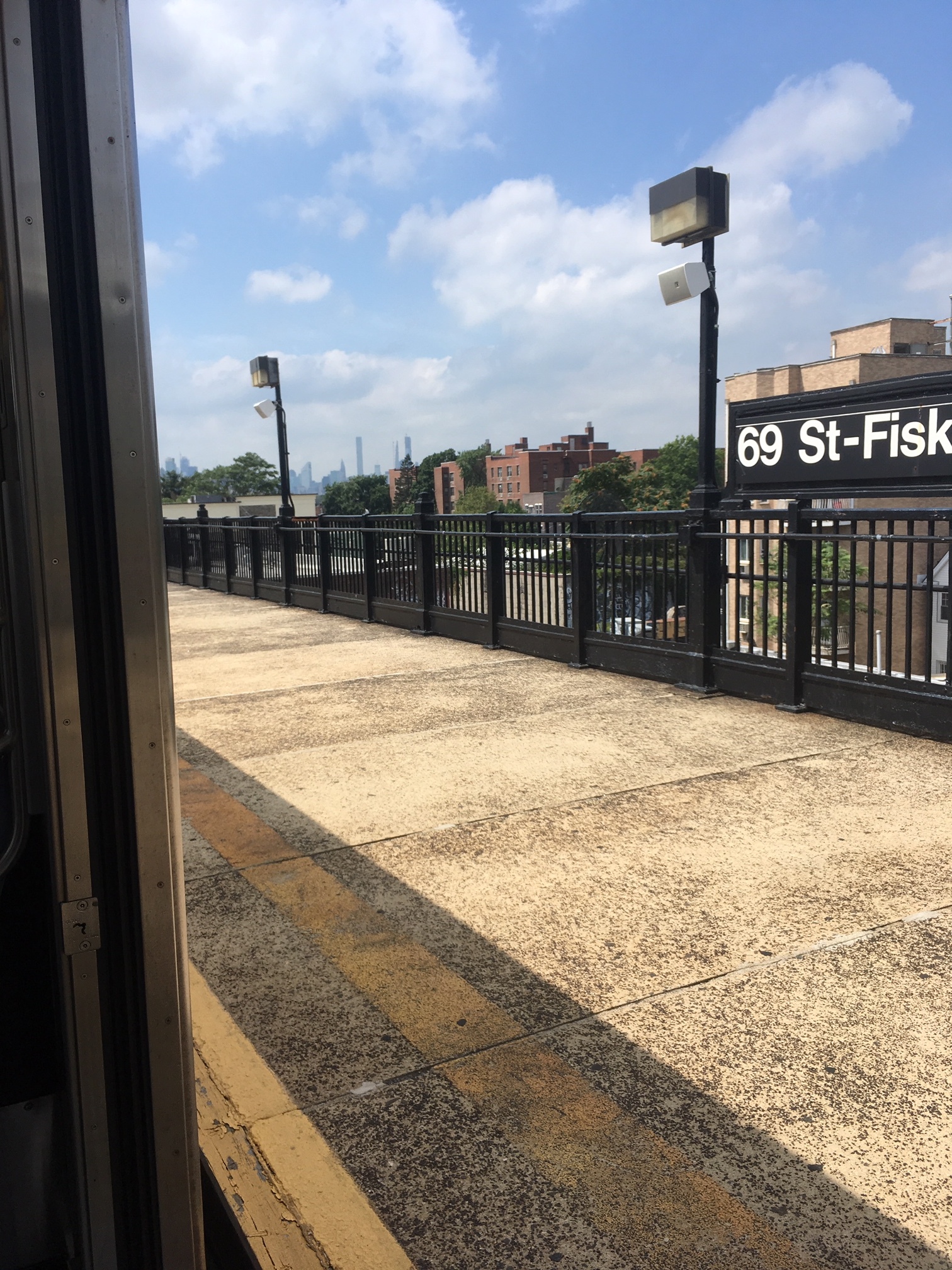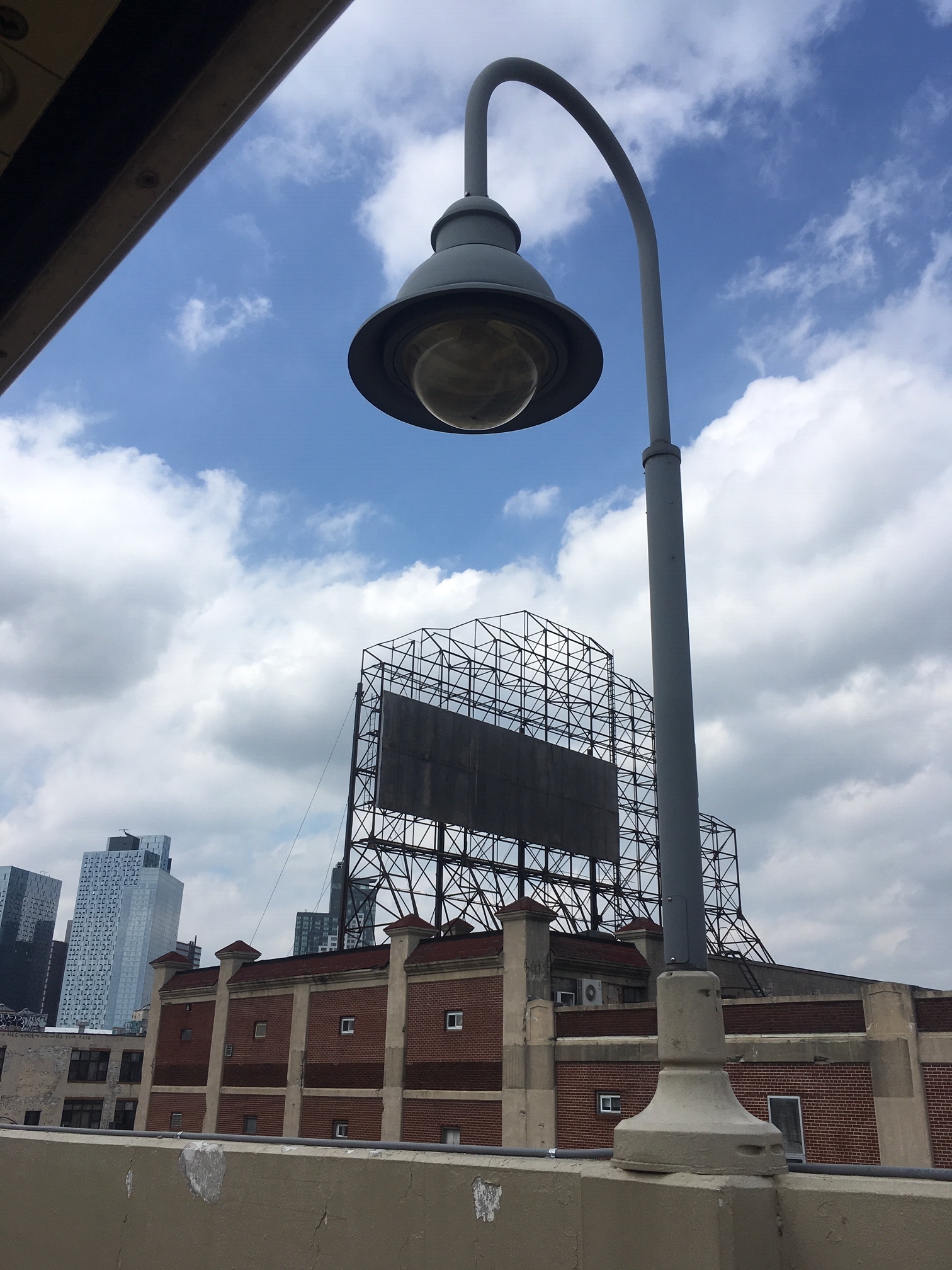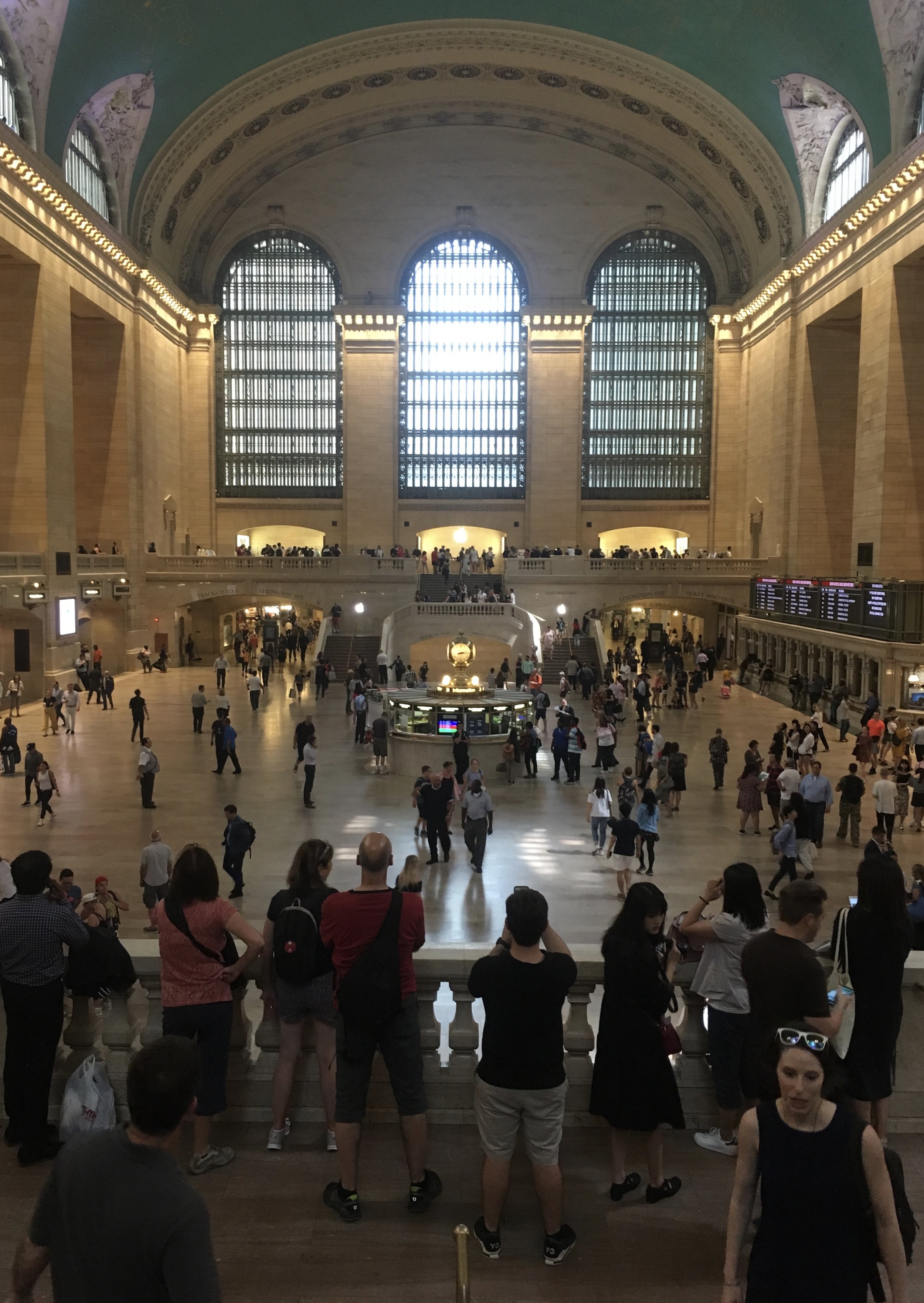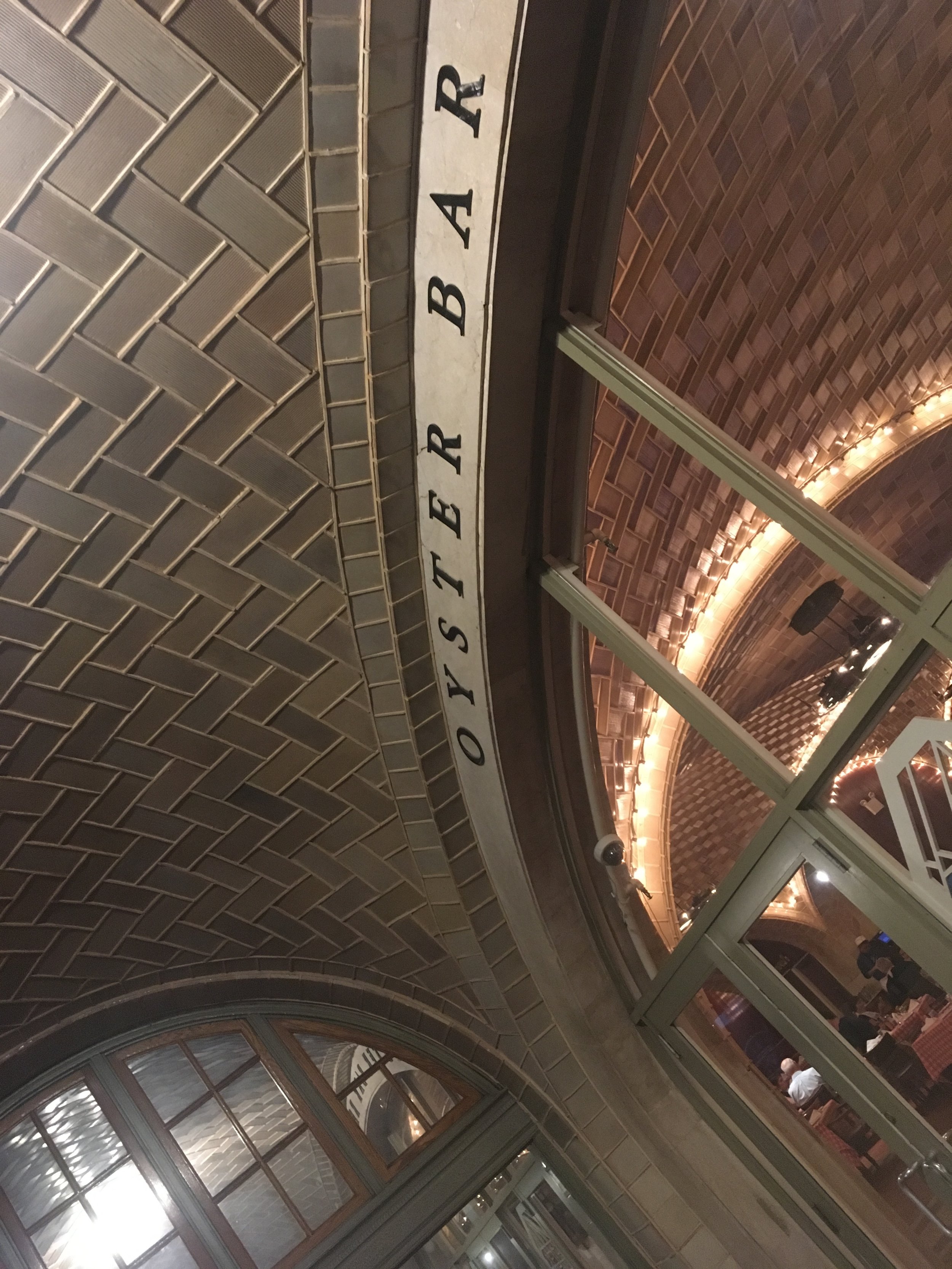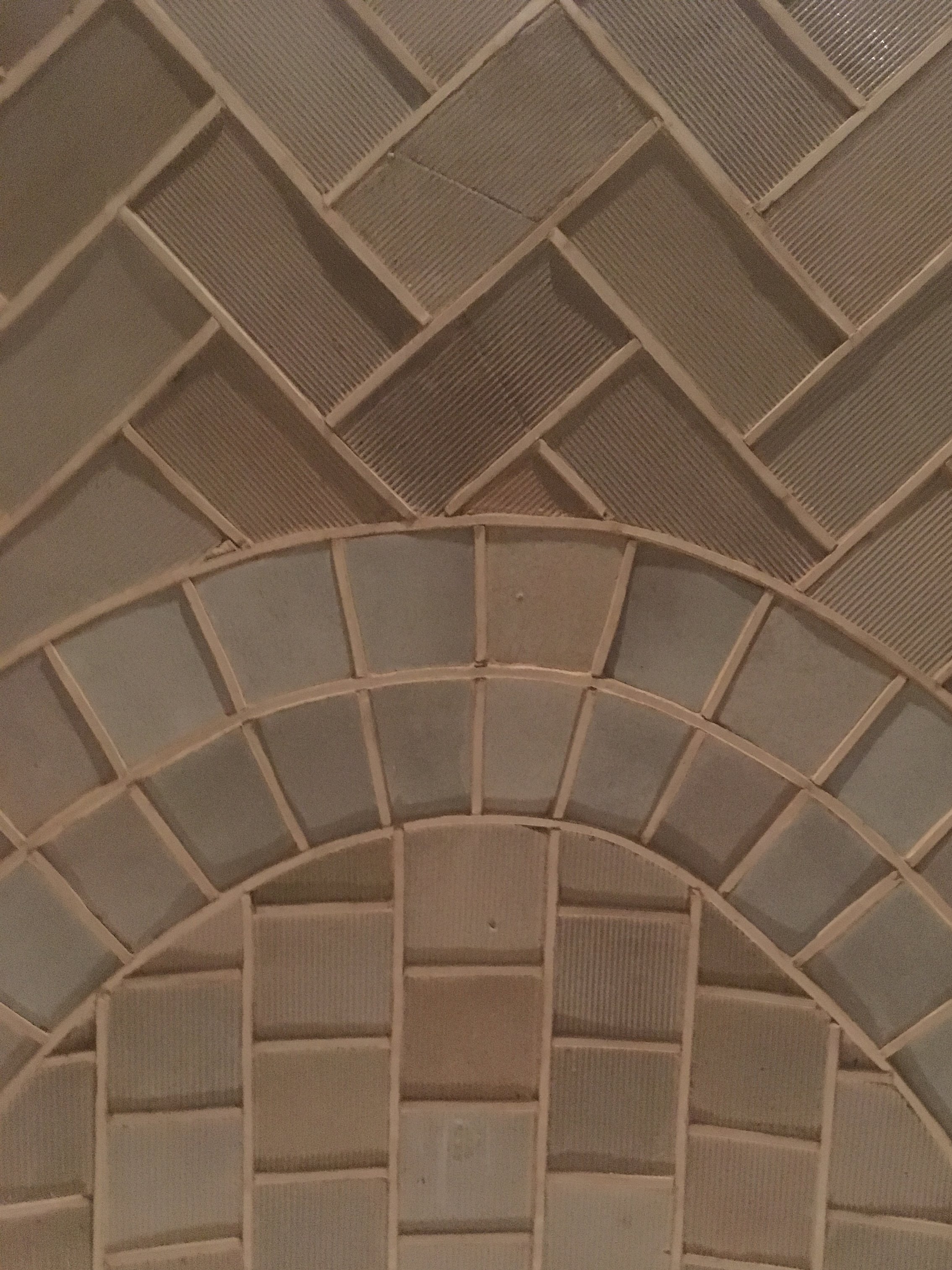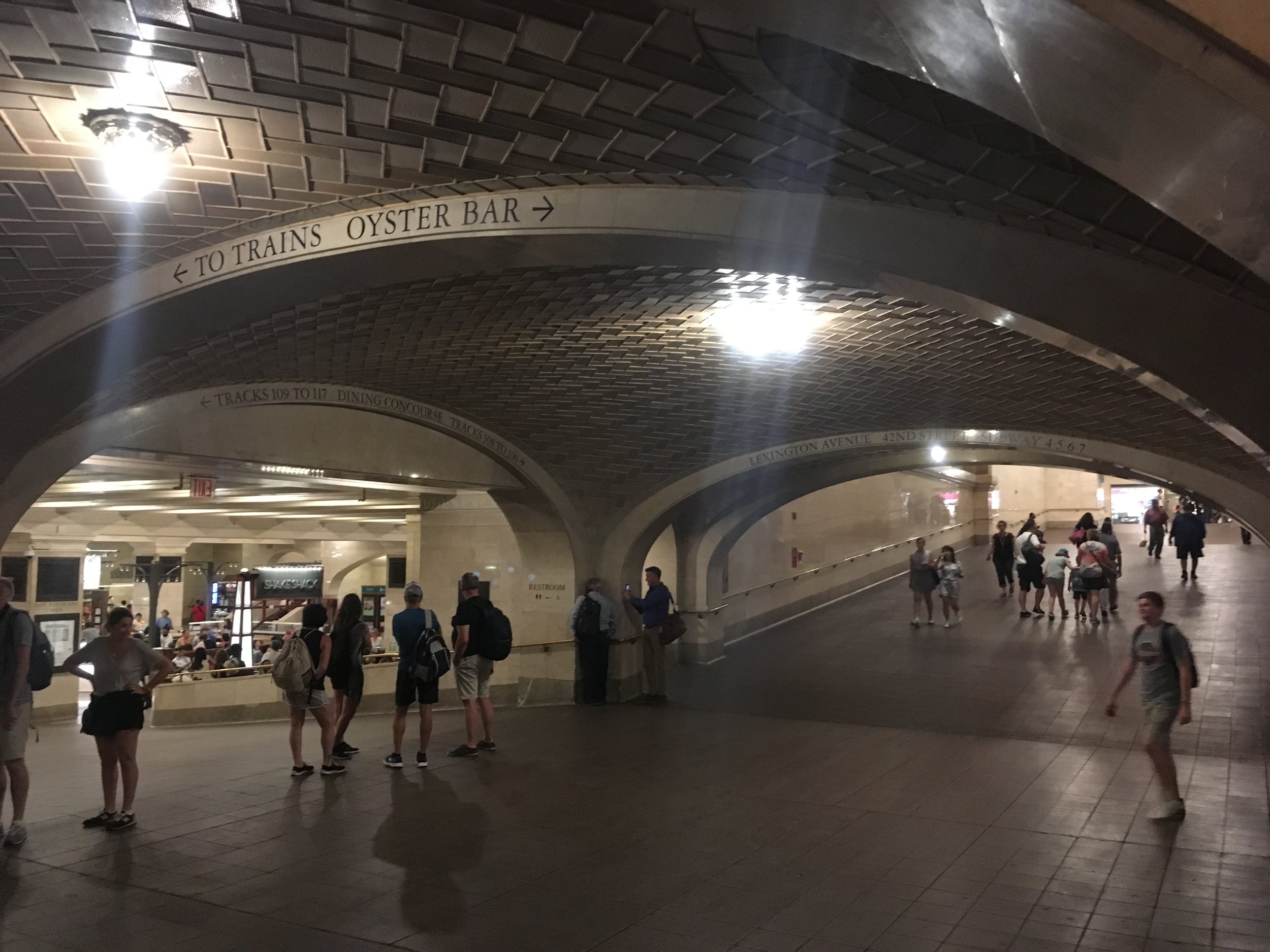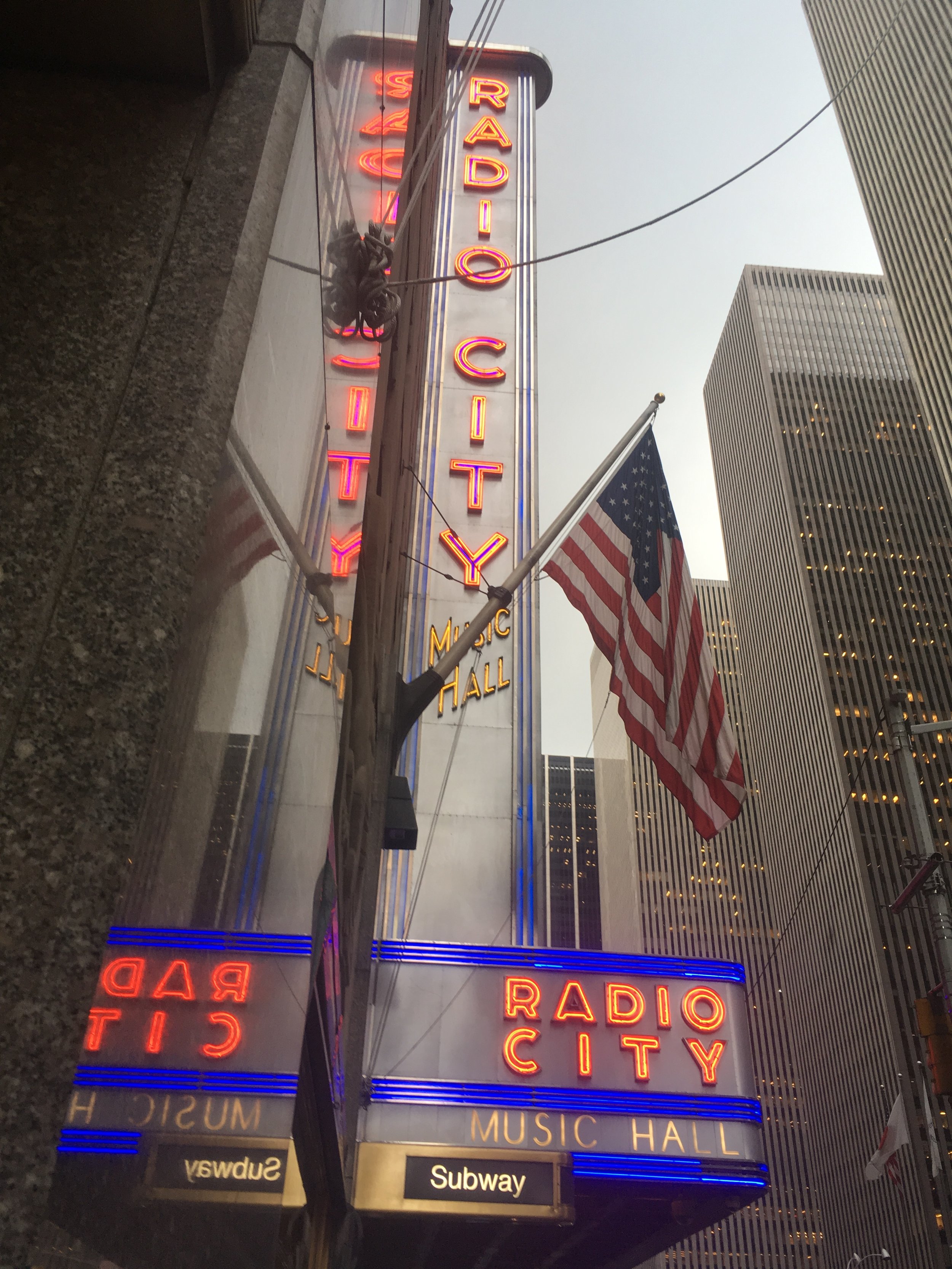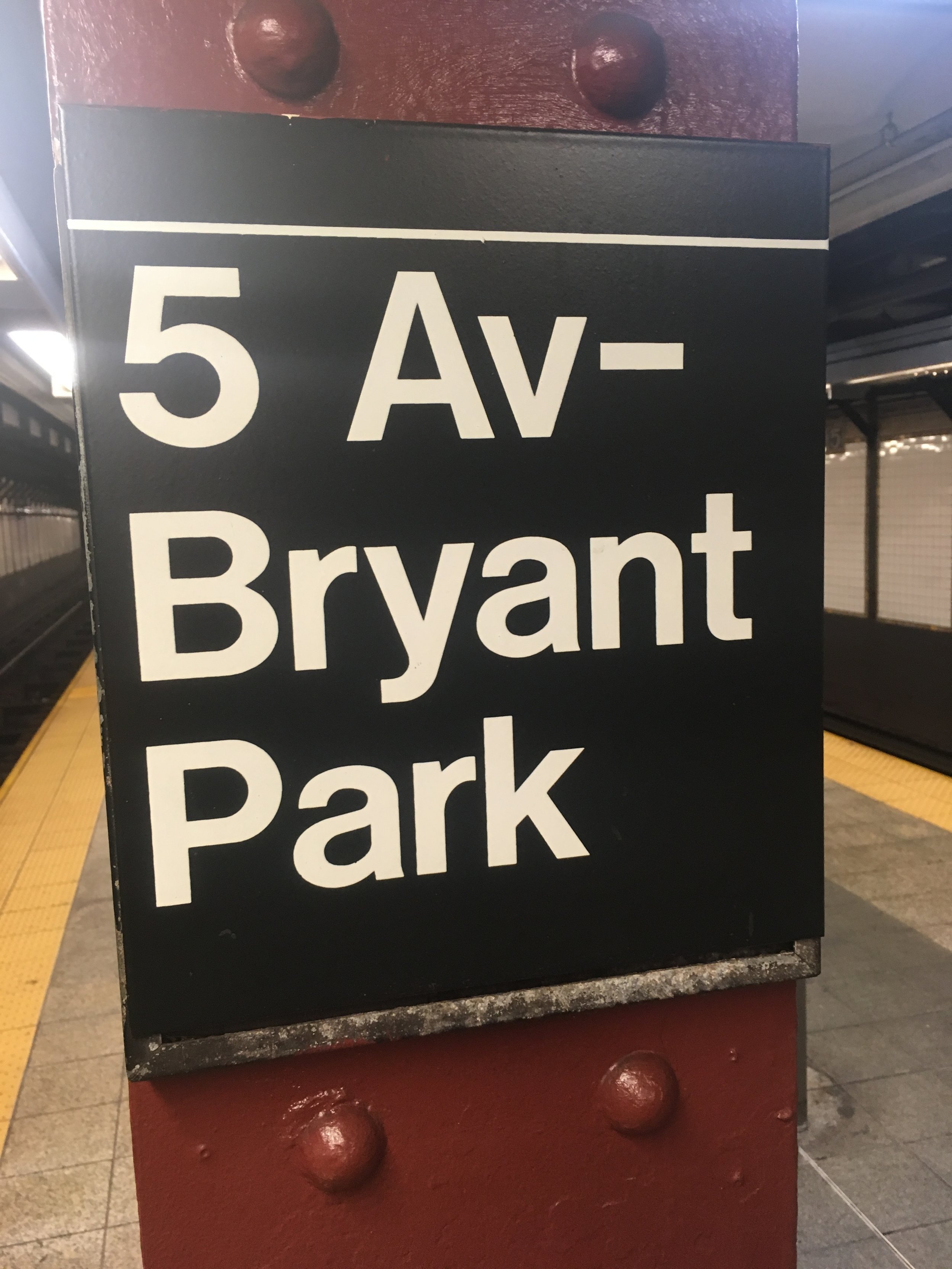Thursday 22.8.19
American Eagle:
Meet up with Matt Reiley project partner & co-conspirator for Our Beth. Matt is Associate Director of Conservation/Senior Conservator for the Central Park Conservancy, where he & his team are responsible for the stewardship of the Park’s historic built environment. Since 2003, He has played a key role in projects including the Bethesda Terrace Arcade ceiling restoration. We have been working together in relation to the Minton Tile Ceiling over the last 10 years & have developed a strong friendship. This project is also designed to further deepen our relationship & explore the potential for shared practice & future collaborative work.
Matt is currently working off site on the the restoration of one of the historic cast iron eagle sculptures that once graced the Grand Central Terminal building before it was demolished & replaced with the current Grand Central Terminal building.
The following information is taken from the excellent Big Apple Secrets (Hidden Treasures of New York) blog:
Grand Central Depot was built by William Vanderbilt in 1898 as an expansion of the old station. There were four clock towers on the roof, and at the corners of those towers there were 12 huge cast iron eagles. The eagles at that time were recognised nationally as a symbol of the country’s growth. They represented flight, movement, travel and were a symbol of patriotism. Different private estates & institutions bought other eagles. By mid-century, the majority of these estates had been divided into smaller lots, and many of the birds were almost lost.
Different private estates and institutions bought other eagles. By mid-century, the majority of these estates had been divided into smaller lots, and many of the birds were almost lost.
One of the eagles was found more than 70 years later. The couple from Bronx found it in the backyard of their newly bought house in Bronxville.
The bird was almost invisible because of the overgrowth. Their daughter went to school with the grandson of Mr. Conway , the chairman of the Metropolitan Transportation Authority, which owned Grand Central Terminal. The grown-ups got in touch and Mr. Grand Pre and Ms. Hawkes decided to donate the bird to the terminal project. It was placed at the Lexington Avenue entrance to the Grand Central Market in 1999.
In 2001 the Metropolitan Transportation Authority, which owns the terminal, rescued another eagle from a Franciscan Friars monastery in Garrison, N.Y. For many years it was mounted on a bluff overlooking the Hudson River on the former estate of U.S. Rep. Hamilton Fish in Garrison, N.Y. After undergoing extensive renovation, the eagle was installed above the terminal's southwest entrance, at 42nd Street and Vanderbilt Avenue, complementing the other original eagle perched above the entrance to Grand Central on Lexington Avenue and 43rd Street.
The eagle Matt is working on is located at Philipse Manor (Metro-North station), a stop on the Hudson Line of the Metro-North Railroad. The Philipse Manor neighbourhood immediately adjacent to the station is a subdivision of historical Sleepy Hollow, West Chester County NY made famous in part by Washington Irving’s ‘The Legend of Sleepy Hollow’.
Yonkers Station:
An unplanned lunch time stop at Yonkers Station provided an unexpected tile treat. This Metro-North Railroad & Amtrak railroad station serving the Yonkers, New York. It serves Metro-North commuter trains on the Hudson Line. It’s a fabulous historical building &a stunning example of Guastavino Tile… on another pretty spectacular vaulted ceiling!
The current station building was built in 1911 for the New York Central & Hudson River Railroad (NYC) in the Beaux-Arts style. The architects were Warren and Wetmore, one of the firms responsible for Grand Central Terminal. It was meant to be a smaller version of Grand Central; Guastavino tiles are featured prominently in both stations.
*Wikipedia
Bethesda Terrace, Central Park:
On returning to Manhattan; I made my way to Bethesda Terrace for a detailed ‘reccy’ of the place ahead of our pop up events planned for the weekend. The most important aspect of this was to try & connect with some of the street artists who regularly perform under the tiles in the Arcade. It’s important to understand that for some artists the Arcade is one of the most coveted & valuable performance locations on Manhattan (& arguably in the world!). The more established artists have been performing in the ‘cathedral’ for many years; in some cases many decades. As a newbie; you can simply walk in, set up & ‘busk’ but you just don’t; it doesn’t work that way. Most street artists fundamentally understand & respect that this is about community (& territory) of course. There’s nothing written down or formalised about these ‘rules of engagement’ but you need to learn how this fascinating self-organising community operates & act accordingly. If you conduct yourself in a civil & respectful way & are good at what you do (being ruthlessly blunt) then you will be given a chance; that’s just the beginning of course.
The tiled arcade is very special; it’s a magical jewel box full of gems. It is very special for artists; it has a unique energy & ambience that inspires, enhances & elevates their work. Although historic it more than breathes today is It offers an almost unique footfall in a relatively confined space but one that was designed for massive ‘throughput’; that’s highly valuable for both audience numbers & potential earned income. We will explore all of these themes in more detail with the performers themselves over the weekend. An estimated 42 million people visit Central Park each year including local regulars. Not every visitor makes for Bethesda Terrace & the Arcade of course but most tourists certainly do so whichever way you carve the numbers… that’s a heck of a lot of people!
Central Park’s 1860s Minton Tile Ceiling made in Stoke-on-Trent, England is without doubt the most visited & photographed architectural ceramic work in the world. Just pause & think about that again for a second…
THE MINTON TILE CEILING AT BETHESDA TERRACE, CENTRAL PARK, NYC IS THE MOST VISITED & PHOTOGRAPHED ARCHITECTURAL CERAMIC WORK ON THE PLANET!
‘Our Beth’ is a story that everyone in the City of Stoke-on-Trent & North Staffordshire needs to know. The Potteries should be immensely proud; forget our characteristic (& endearing) ‘humility’ & self deprecating sense of humour for once… we need to share this story as loudly & proudly as possible with anyone who will listen! Although arguable of course; these 16,000 encaustic Minton tiles represent our city’s single most significant contribution to world culture; that’s important.
